Sydney masters of Japanese cuisine
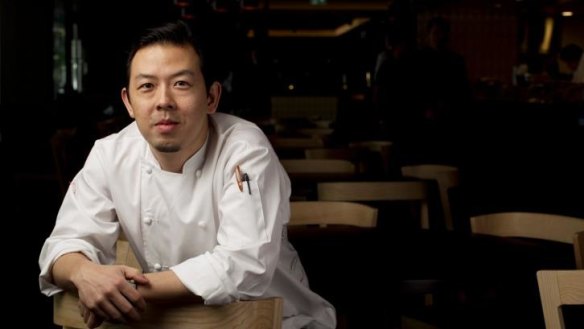
"While eating seasonally is not a new concept, the Japanese observe nature's bounty like no other nation." So says the author of Zenbu Zen: Finding Food, Culture & Balance in Kyoto, Jane Lawson, who leads regular cuisine and culture tours to Japan.
"Japanese chefs usually don't think they have mastered the cuisine, as they are so humble. Food is so heavily tied into Japanese culture that to get it right you need to absorb yourself in that culture. There are a few simple things you can do, such as using seasonal produce, and learning how to use key ingredients such as dashi, soy, mirin, miso and vinegar that are essential when it comes to understanding Japanese cuisine," Lawson says.
Lawson, who has been travelling to and from Japan for 32 years, says as well as connecting with each season, the Japanese aesthetic influences each and every dish –from the pattern and colour of the ceramics to the way food presents on the plate.
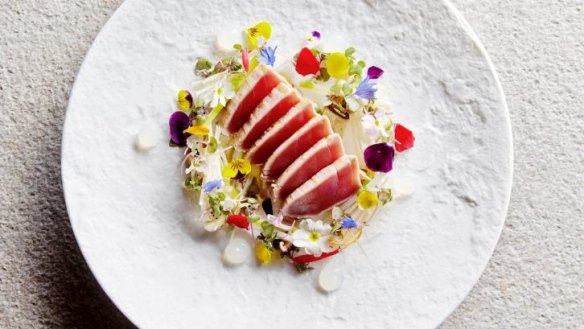
Good Food spoke to three chefs at hatted Japanese restaurants to better understand how to master the craft of Japanese cuisine.
The Sydney veteran: sushi e executive chef Nobuyuki Ura
CBD sushi connoisseurs love to congregate around the marble bar at one-hat restaurant sushi e to watch executive chef Nobuyuki Ura as he slices slabs of tuna, gently grills fresh cod that has been lacquered in miso or sizzles a serve of karaage chicken until crisp and golden.
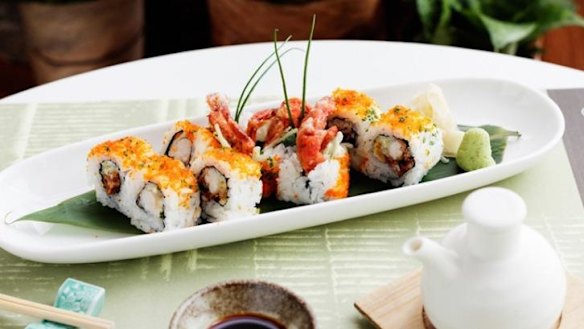
While Ura began his apprenticeship at Meguro Gajoen in Tokyo age 18, he has been serving Japanese cuisine in Australia since 1989.
"I came to Sydney to chase the surf and stayed for 26 years," says the now 51-year-old, who joined the Merivale Group's sushi e in 2006.
Ura says what distinguishes Japanese cuisine is the fact it's deceptively simple and designed to showcase produce chosen in the height of the season.
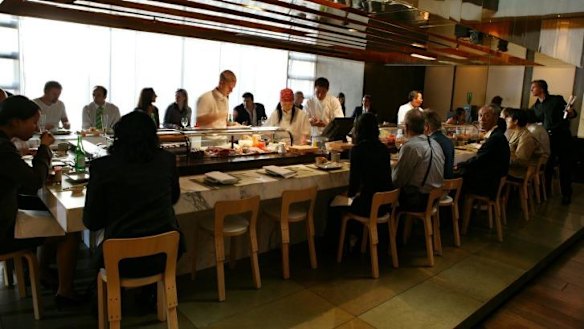
"I go to the fish market two or three times a week and to Flemington looking for fruit and vegetables, so I can check the food with my own eyes. Freshness is everything to a Japanese chef," he says.
As far as plating up goes, Uru believes "the first impression of the food is as important as how the flavours come together".
The sushi samurai: Izakaya Fujiyama executive chef Kenji Maenaka
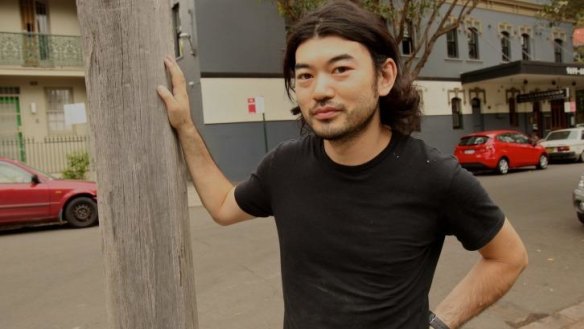
An izakaya is a type of informal Japanese bar that serves food to accompany drinks. Executive chef Kenji Maenaka serves Japanese-style pub grub at his Surry Hills one-hat eatery to hungry diners on communal tables designed to encourage conversation.
Chef Maenaka grew up in Kitami City and began his apprenticeship at the age of 18 at his father's sushi restaurant before expanding his culinary education at both a formal Japanese restaurant and Italian restaurant.
"The philosophy behind mastering Japanese cuisine is about learning basic skills and building on that. After I mastered the art of sushi, I moved onto kaiseki cuisine, a formal degustation where each dish tells a story about our culture," says the 39-year-old.
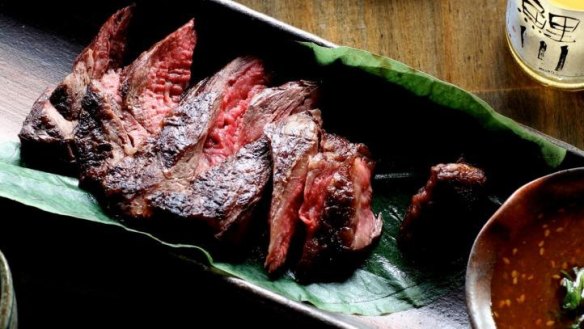
"The number one lesson I learnt from my Japanese chef training was presentation is important but never at the expense of flavour. I use my Japanese background and combine that with Western techniques to create really contemporary cuisine."
Maenaka is similarly obsessive about sourcing the freshest ingredients: he gets his inside skirt steak from Vic's Meats, short ribs from Haverick Meats, wagyu from the Rangers Valley, seafood from Claudio's Seafood at Sydney Fish Market and fresh produce from Flemington Markets.
"I have a relationship with all my suppliers. Selecting the best produce is of the utmost importance," he says.
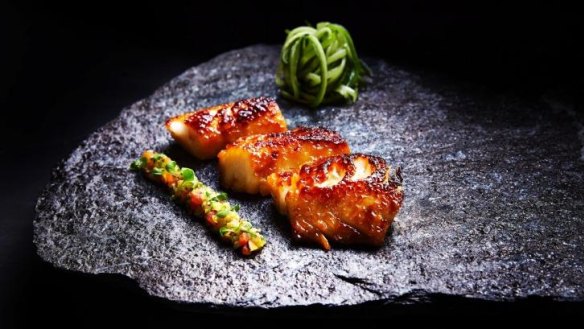
The experimental fusion master: Sokyo executive chef Chase Kojima
Old travel guidebooks to San Francisco name-check Chase Kojima's father Sachio as creator of the California roll. "I'm not sure if those rumours are true, but my dad has certainly done nothing to discredit them. When I was younger, he was quite famous as a chef and I thought he was the coolest," says the 33-year-old.
Born and raised in the US, Kojima trained under his father at Kabuto Sushi from a very young age before earning more gold stars on his CV for his stint working for Nobu Matsuhisa in Dubai, London, LA and the Bahamas.
"At 13, I was cooking for my dad learning to be the best at everything from cutting chicken to peeling prawns. My ultimate goal was to do a high-end Japanese restaurant where everything was super beautiful. I've now gone full circle: I like to hide all my skills and keep the presentation looking really humble," says Kojima, who opened the one-hat Sokyo in Sydney's Pyrmont in November 2011.
"Ninety-five per cent of being a great Japanese chef is letting the food shine. Freshness is everything. When the seasons change, my team wake up at 2am and drive all over the city to source everything from fruit and vegetables to seafood and meat," he says.
This article is sponsored by Kirin Beer.
Restaurant reviews, news and the hottest openings served to your inbox.
Sign up